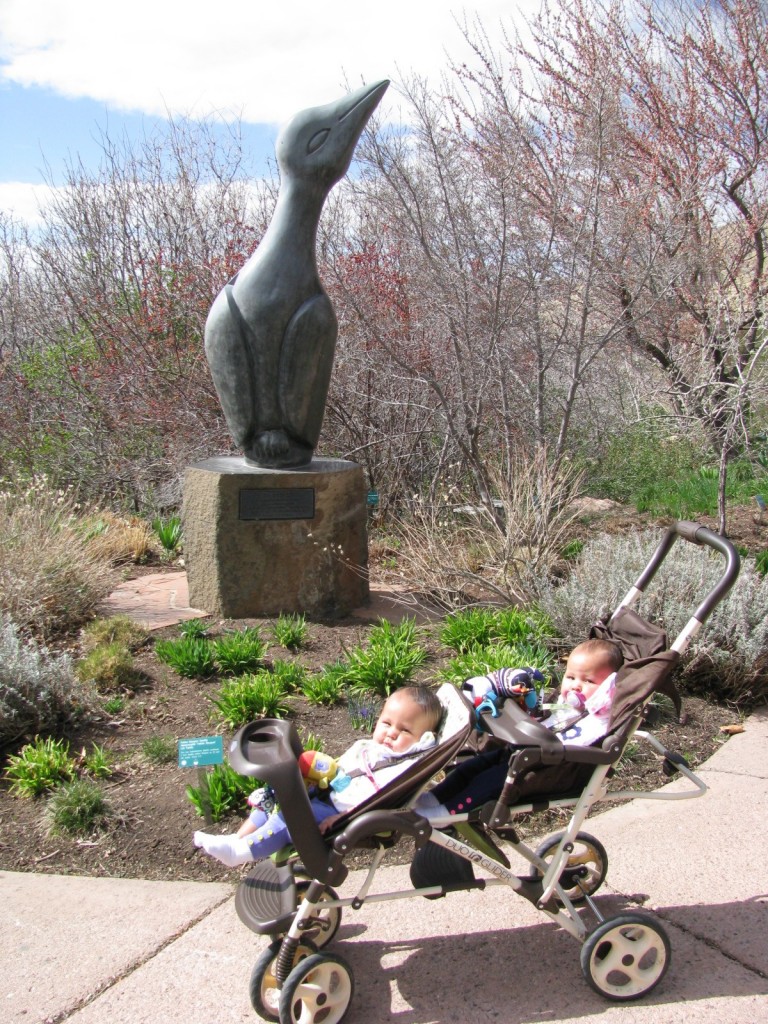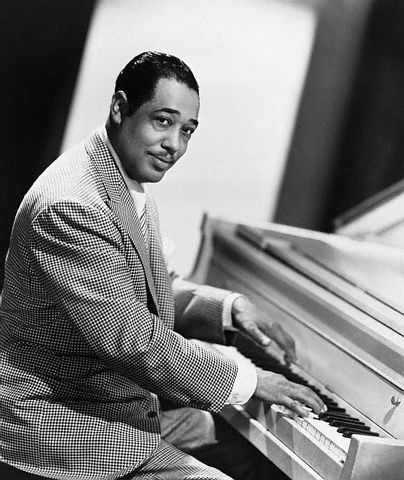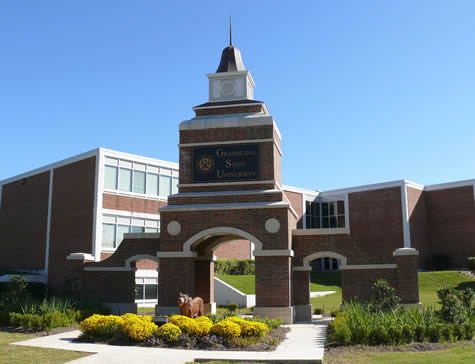Almost done…
art, baseball, business and economy, comics and animation, dining and cuisine, education, environment, everyday glory, food for thought, games, geekery, health, history, human of the day, LEGO and Rokenbok, movies and TV, quote of the day, style and fashion, trains/model railroads No Comments »Friday – 20 April 2012
It’s my “on” Friday. And, it’s also “4/20.” (Insert your own jokes here.)
Last night was my night to fix dinner. After wracking my brain over what to fix, I decided to head up to the local Whole Foods and see what they had in their meat counter. I returned home with four good-sized Parmesan Chicken breasts. While they were in the oven, I prepared some rice in chicken broth (and a little lemon pepper, for flavor). I added a salad for our vegetables and we called it a meal.
We watched Castle while we ate; it was a fun episode, with Nathan Fillion’s Firefly costar, Adam Baldwin, as a guest star. After dinner, I joined a couple of coworkers online and played a little MW3. And had my virtual ass handed to me. Repeatedly. But, it was still fun… despite the ego-bruising.
Stray Toasters
- Girl born with no hands wins national penmanship award
- LEGO + guerilla art = Banksy
- Investigation: Two Years After the BP Spill, a Hidden Health Crisis Festers
- When I first read this strip…

…I wasn’t sure what to say about it. Then I read the commentary that accompanied it:An annoying distraction in the gay marriage debate is the idea that it infringes on a parent’s right to leave their kids in the dark about homosexuality. Preserving a kid’s ignorance is a pretty weak argument, unless there’s a truly compelling reason to keep them ignorant… such as a giant bug monster issuing forth from their heads.
And that’s really every kid’s dream anyway, so I still don’t see what the fuss is about.
And that, I thought, summed things up nicely.
- By way of Dave: Trains have a long-time, little-known history at HAFB
- Fears Rise That Recovery May Falter in the Spring

- Ultimate Shopping Guide for Men, Spring 2012
- By way of Matt: Facts, 360 B.C. – 2012 A.D.
- The art of Jessica Lynn Gonzalez

- Trojan designed to take screenshot of hotel payment apps
- Breast cancer rules rewritten in ‘landmark’ study
- While I’m an O’s fan, I’m both happy and a little weirded-out by the fact that they are currently atop the AL East.
- Speaking of baseball: Fenway Park is celebrating it centennial season.

- The World’s First Bionic Foot Mimics Flexion to Aid Gait
- The Candle Problem
Namaste.



















































